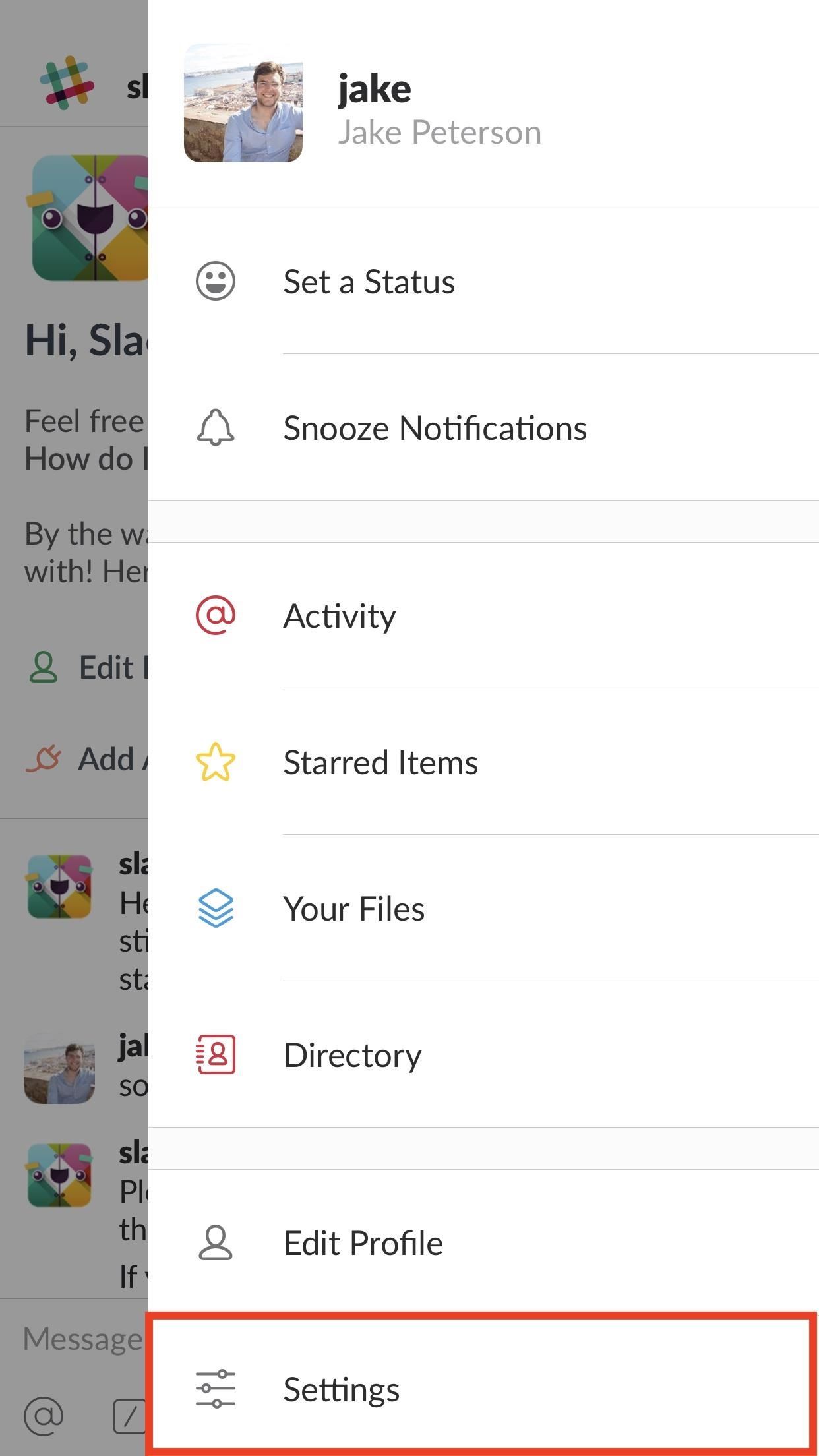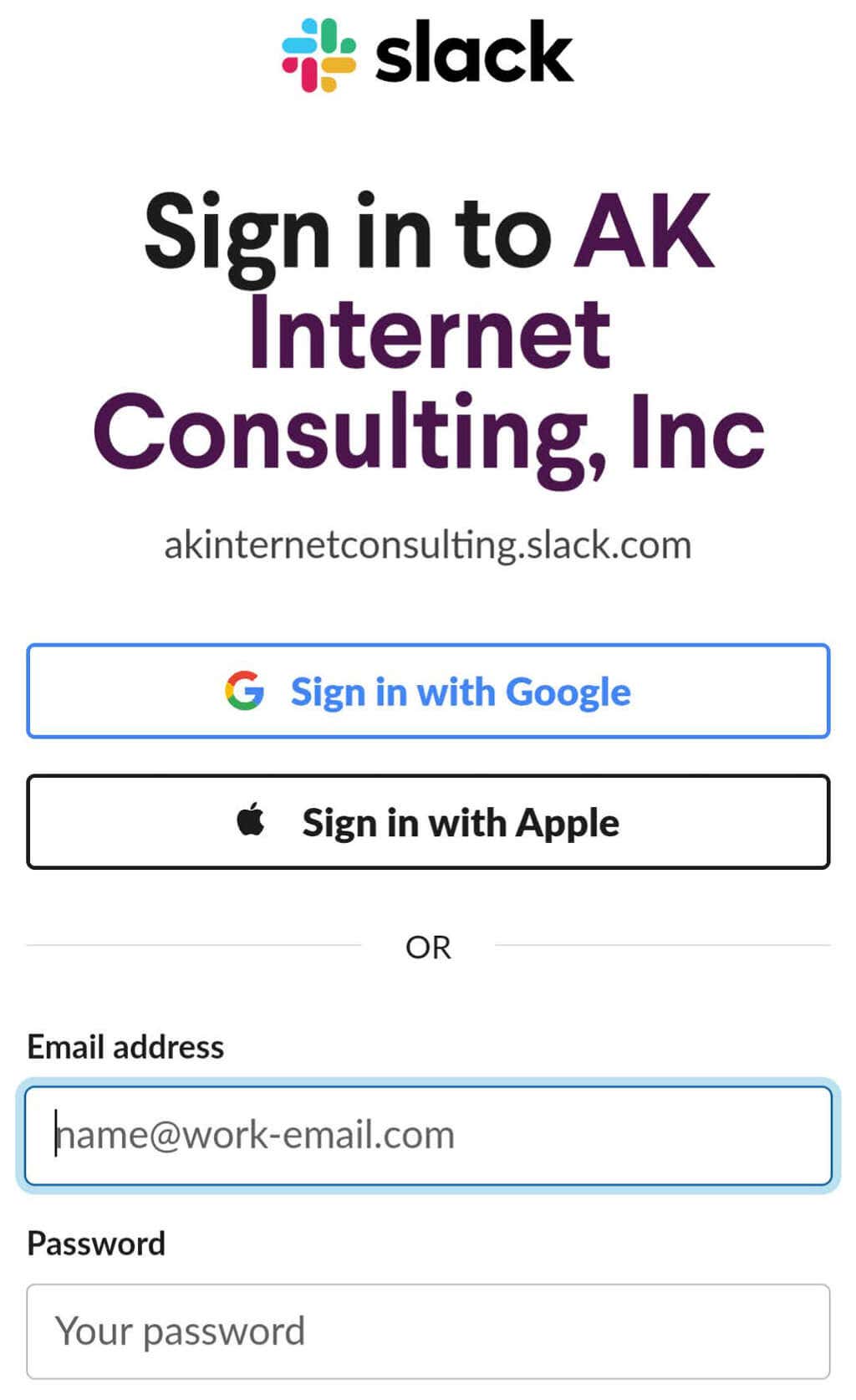

We had to re-invent email to address a fundamental challenge, “How do we keep people in their inboxes?” For the business that runs off a browser. So 18 months ago, we went back to the drawing board. For quite a while now, pressure has been growing to put some zing into office communication. Even Facebook, which was meant for fun and catching up with friends, launched Workplace, a collaboration space for businesses. Merely positioning a chat-based app as a tool built exclusively for workplace collaboration was enough to open the floodgates of “RIP Email” obituaries. Leveraging social media’s most popular features into an office tool became inevitable. Businesses were quick to catch on to this new behavior, and social media started to overtake email when something required immediate attention. You’re more likely to have second thoughts about checking your email, though. People fire up social media apps on their smartphones to check for new updates without thinking, so instant messages are read sooner.

But at the same time, email started to feel tedious and drab (Fun fact: Email hasn’t really changed for half a century now).Įmail might be more “adult” yet social feels so easy and intimate. There seemed to be an unspoken consensus that you can’t mean business when you write on people’s walls or tweet at them.

Yet email has been hanging on because no social media platform could make real inroads into the workplace. Then social media came along and changed the way we communicate. The first step in solving any problem is recognizing there is one: Plain old email is not the best office collaboration tool anymore.
SLACK FOR IPHONE SAYS OFFLINE BUT ITS NOT SERIES
Is there really a David to take down the Goliath of email, or do we just need to put old wine in a new bottle? The conclusion to the two-part blog series – after #TEAMSLACK in Part 1, it’s the turn of #TEAMEMAIL.


 0 kommentar(er)
0 kommentar(er)
